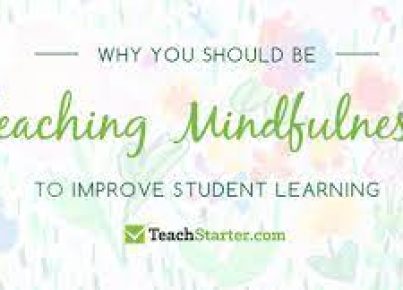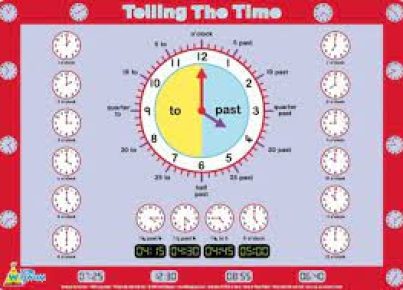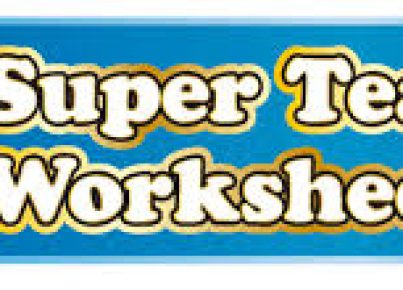As education evolves to meet the needs of an increasingly complex world, traditional curricula models are being reevaluated and reshaped to prioritize creativity and innovation. The road to a creative curriculum is as exciting as it is challenging, requiring a profound shift in mindset from educators, policymakers, and students alike.
Why Creative Curricula Matter
The importance of creativity in education cannot be understated. A creative curriculum fosters critical thinking and problem-solving skills, encourages collaboration and communication, and empowers students to take an active role in their own learning. It also helps learners develop the ability to adapt and innovate in response to emerging challenges.
Moreover, creative curricula encourage diversity and inclusivity. By valuing the unique strengths, interests, and backgrounds of each student, they promote a sense of belonging for all learners. In this way, the development of a creative curriculum is not only educationally imperative but also socially responsible.
Key Components of a Creative Curriculum
1. Project-Based Learning
A hallmark of creative curricula is project-based learning (PBL), an instructional method where students actively explore real-world problems through collaborative projects. PBL encourages students to think critically about complex issues and empowers them to come up with tangible solutions through research, experimentation, and iteration.
2. Interdisciplinary Connections
Rather than separating subjects into distinct categories, creative curricula emphasize the interconnectedness of various disciplines. For example, an environmental science project might involve elements of biology, chemistry, economics, political science, and statistics. By making these connections explicit and meaningful, students gain a more holistic understanding of the world around them.
3. Personalization and Choice
To fully cultivate creativity, curricula must provide opportunities for students to pursue their passions and interests. This can be achieved through offering electives or self-directed study options that cater to individual preferences and goals.
4. Emphasis on Process, Not Just Content
While the acquisition of knowledge remains crucial, creative curricula prioritize the development of skills and habits of mind that enable students to engage deeply with content. This includes emphasizing critical thinking, metacognition, and collaboration as integral components of learning.
5. Assessment for Learning
A creative curriculum shifts the focus of assessment from summative evaluation to formative feedback. Assessment becomes a tool for learning as students receive ongoing feedback on their progress, allowing them to reflect on their performance and make improvements where necessary.
Overcoming Challenges on the Road to a Creative Curriculum
Many educators recognize the potential benefits of a creative curriculum but face a variety of obstacles in bringing it to fruition. Some common challenges include institutional resistance, lack of resources, and uncertainty regarding best practices.
To overcome these barriers, it’s crucial for educators and policymakers to form alliances and advocate for systemic change. Public-private partnerships can bring innovative resources into schools, while teacher education and professional development programs can provide instruction in creative pedagogical strategies.
Ultimately, traveling down the road to a creative curriculum requires courage, resilience, and collaboration – but its promise is nothing short of transformative. By placing creativity at the heart of education, we invest in a future generation equipped with the skills and imagination necessary to tackle society’s most pressing problems. And in doing so, we create a more diverse, inclusive, and vibrant world for everyone.





